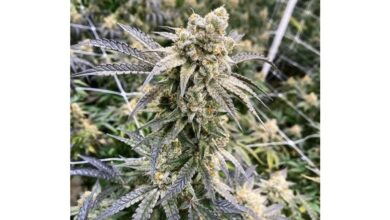
Can kratom offer an alternative to opioids?
There have been no experiments or controlled scientific research that suggest kratom is an effective treatment for any medical, psychiatric, or substance-abusing problem as of yet. A research that followed a person who buys red Malay kratom powder as a therapy for opiate addiction and withdrawal found that they were only able to prolong the unpleasant symptoms. Opioid withdrawal symptoms reappeared after kratom use stopped.
The findings were most likely attributable to the possibility of kratom addiction and physical dependency. Kratom may just exacerbate existing issues rather than solve them.
One of the challenges of kratom being an alternative to opioids is that it does not show up on drug tests. This issue could make kratom harder to track and test for in people who were using the substance.
Is kratom a safe substance to consume?
Kratom has been connected to a slew of negative side effects and risks. Some are related to the chemical itself, while others are related to the many ways in which the drug might be contaminated during processing.
The following are some of the most common kratom adverse effects:
-
Nausea and a loss of appetite
-
Itchiness
-
Excessive sweating
-
Mouth that is dry
-
Constipation
-
Urination is more frequent
-
Hallucinations
-
Seizures
One of the most serious concerns about kratom is its addictive potential. Because kratom has an opioid-like effect on the brain, it’s possible to get addicted to and reliant on it. You may suffer opioid-like kratom withdrawal symptoms after you stop taking the medication, such as:
-
Muscle aches
-
Trouble falling asleep
-
Irritability
-
Anger and aggression
-
Mood swings
-
Runny nose
-
Jerky or spastic movements
You will experience withdrawal symptoms after taking kratom, but women who take it while pregnant may risk their unborn child. The infant may be born addicted to the chemical, necessitating therapy to alleviate the symptoms.
Other factors that raise the risk of kratom use are given below.
In the distribution and sale of kratom, there is a lack of uniformity and quality control.
Many people have been ill with salmonella after consuming contaminated kratom, according to reports. As a result of the poisoning, many people were unwell. Because kratom is not FDA-approved, there is no way of knowing exactly what you’re getting or whether it’s been combined with other substances.
There is a lack of dosage information.
It’s difficult to determine how strong kratom is when you’re using it, which can lead to overdosing and death. As a result, you may consume the substance for one goal and have an entirely other experience, especially if it’s coupled with other substances.
A scarcity of research
Despite the fact that research on kratom has not been conclusive, it has been restricted. Additional research might be conducted in the future to either establish or reject the drug’s potential use. It’s natural to be interested in a new drug, especially one that promises to treat so many different symptoms and issues. Unfortunately, there isn’t enough evidence to recommend kratom as a safe alternative just yet.
Last but not least
Red Maeng Da kratom capsules have sparked a lot of attention in recent years from those inquisitive about the drug’s effects as a leafy tree linked to coffee. This interest may lead you to purchase the goods or place an order for it online, but proceed with caution. The full advantages of kratom have yet to be shown, and the danger of addiction or other negative side effects may tempt you to try anything else.







